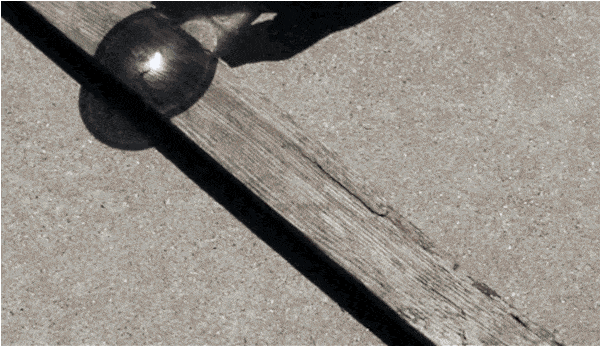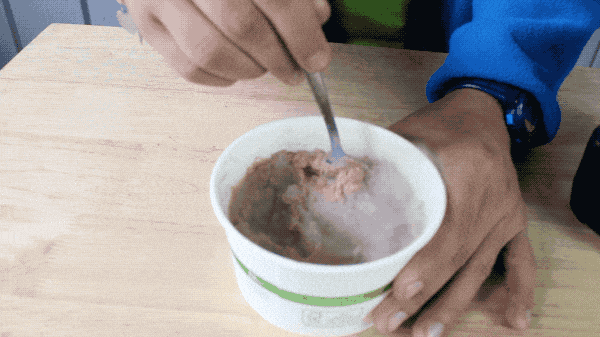
Light travels incredibly fast. In a vacuum, it speeds along at nearly six trillion miles per hour. Ever notice how your feet look distorted when you wade in the water, or how a straw seems to be cut in half where it enters a full glass? When light travels through a medium, it slows down. When a collection of light rays crosses from one material to another (from water into air, for instance), the change in speed warps the image.
This warping effect can appear random, as in the case of rippling water, or it can be well-organized. We often take advantage of light’s transition between air and glass, for example, to bend images in a useful way. A magnifying glass works by taking a small image and spreading it out over a large area. What happens when you use it backwards– put a large cross-section of light in, then focus it down to a tiny point?
Try this with the sun as a light source on a warm day, and you’ll find that the visible light and heat at the focus point are intense enough to burn wood!
Written By: Caela Barry



